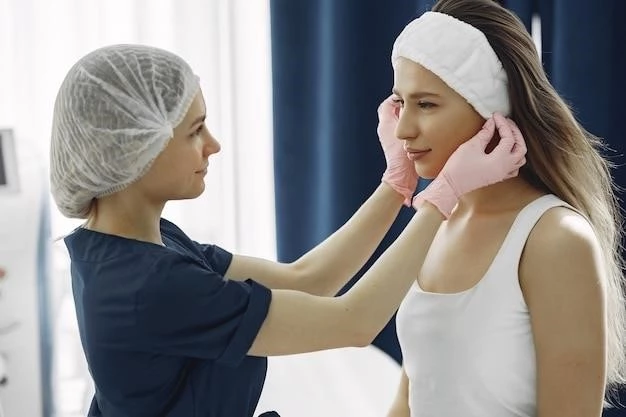Introduction
Facioscapulohumeral muscular dystrophy (FSHD) is one of the most common muscular dystrophies, characterized by a distinct pattern of muscle involvement.
Overview of Facioscapulohumeral Muscular Dystrophy (FSHD)
Facioscapulohumeral muscular dystrophy (FSHD) is a common form of muscular dystrophy characterized by variable degrees of muscle weakness, particularly in the facial, scapular, and lower limb muscles. This slow-progressing genetic disorder affects both genders and tends to start in the face and upper body muscles before spreading to other areas of the body. Individuals with FSHD may experience progressive weakness and muscle atrophy, impacting their daily activities and requiring supportive care.
Clinical Presentation
Facioscapulohumeral muscular dystrophy (FSHD) presents with varying degrees of muscle weakness, initially affecting facial, scapular, and upper arm muscles.
Symptoms and Initial Muscle Involvement
Facioscapulohumeral muscular dystrophy (FSHD) commonly presents with weakness in facial, scapular, and upper arm muscles. The condition progresses slowly and may eventually affect other muscle groups, impacting daily activities and quality of life.
Genetics and Inheritance
Facioscapulohumeral muscular dystrophy (FSHD) is genetically inherited in an autosomal dominant manner, affecting skeletal muscle tissue. The condition typically starts in the face and progresses to other muscle groups.
Autosomal Dominant Inheritance of FSHD
Facioscapulohumeral muscular dystrophy (FSHD) is a genetic disorder inherited in an autosomal dominant manner, impacting skeletal muscle tissue. This condition typically begins in the facial region and progresses to involve various muscle groups, leading to muscle weakness and atrophy.

Diagnosis and Management
Diagnosis of Facioscapulohumeral Muscular Dystrophy (FSHD) involves clinical evaluation, genetic testing, and imaging studies. Management focuses on physical therapy, assistive devices, and supportive care.
Diagnostic Methods and Treatment Approaches
Diagnosing Facioscapulohumeral Muscular Dystrophy (FSHD) involves clinical evaluation, genetic testing, and imaging studies to confirm muscle weakness patterns. Management includes physical therapy, assistive devices, and supportive care interventions tailored to individual needs.
Research and Development
Recent advances in research focus on developing new treatments and therapies for Facioscapulohumeral Muscular Dystrophy (FSHD) to improve the management and quality of life for affected individuals.
Drug Development and Therapeutic Advances for FSHD
Current research focuses on developing novel drugs and therapeutic interventions for Facioscapulohumeral Muscular Dystrophy (FSHD) to address the progressive muscle weakness and atrophy characteristic of the condition. Innovative approaches aim to improve the quality of life and functional abilities of individuals affected by FSHD.
Epidemiology and Prevalence
Facioscapulohumeral muscular dystrophy (FSHD) is one of the most common types of muscular dystrophy, affecting approximately one in 8,000 people. It is characterized by severe progressive muscle atrophy and affects facial, upper and lower limb muscles.
Incidence and Commonality of Facioscapulohumeral Muscular Dystrophy
Facioscapulohumeral muscular dystrophy (FSHD) is a relatively common type of muscular dystrophy, affecting approximately one in 8,000 people. It is characterized by progressive muscle weakness, with a distinct pattern of muscle involvement.

Impact on Patients
Facioscapulohumeral Muscular Dystrophy (FSHD) significantly affects muscle function, mobility, and overall quality of life in individuals, requiring support for daily activities.
Quality of Life, Prognosis, and Supportive Care for Individuals with FSHD
Facioscapulohumeral Muscular Dystrophy (FSHD) impacts individuals’ quality of life, prognosis, and necessitates tailored supportive care to manage muscle weakness and maintain functional abilities. Prognosis varies, with approximately 20 of affected individuals eventually requiring a wheelchair, while life expectancy is not typically shortened.
